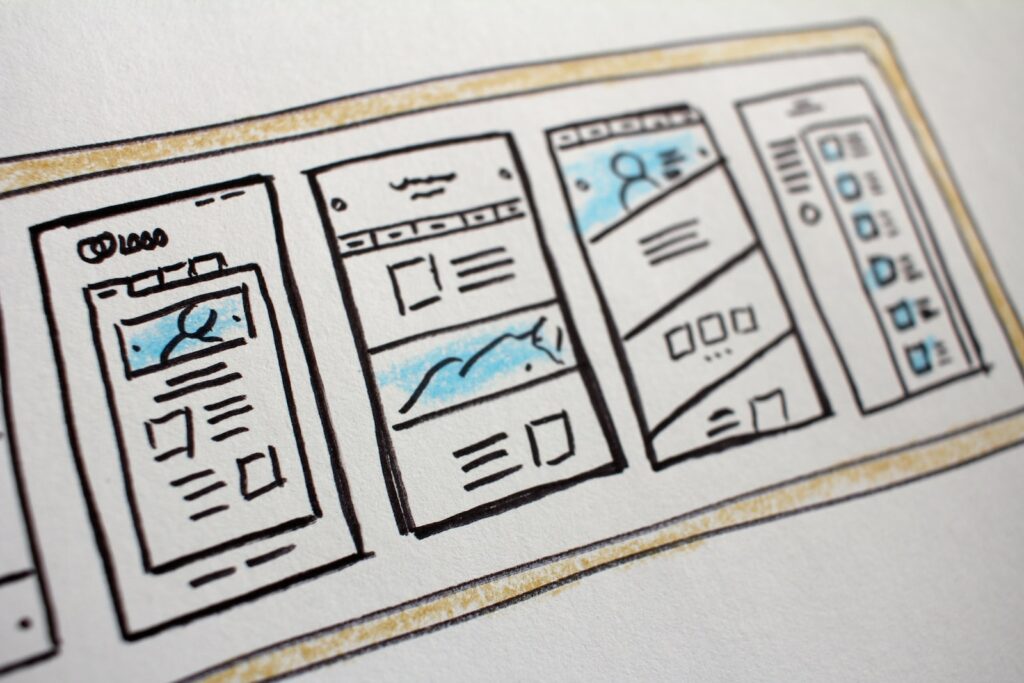What is one common cause of low click-through rates? You’ve put your heart and soul into that email campaign. You hit “send” and wait with bated breath for the clicks to start rolling in. But instead, you get a low click-through rate. What gives? Don’t worry, you’re not alone. In fact, low click-through rates are one of the most common problems with email marketing campaigns. But before you can address the problem, you need to understand what’s causing it.
In this article, we’ll take a look at one of the most common causes of low click-through rates: poor subject lines. We’ll give you some tips on how to write subject lines that get attention and inspire clicks.
What Is a Click-Through Rate?
When it comes to measuring the success of your email campaigns, click-through rate (CTR) is one of the most important metrics to look at. After all, if people aren’t clicking through to your website from your email, then you’re not achieving your goal. A CTR is simply the percentage of recipients who click through to your website from your email. So, if you send an email to 1,000 people and 50 people click through to your website, your CTR would be 5%. There are a number of factors that can influence your CTR, but one of the most common causes is a low subject line rating.
The Most Common Cause of Low Click-Through Rate
One of the most common causes of low click-through rate – mismatched expectations. In other words, when a customer clicks on your ad, they’re expecting to see something that’s relevant to their search. But if your page doesn’t deliver on that expectation, they’re likely to leave without clicking through to any other pages on your site. In some cases, it might be that your product or service doesn’t match what the customer is looking for. Maybe you’re targeting the wrong audience with your ad, or your page doesn’t have the information the customer is looking for.
But there are also cases where you might have a great product or service, but your page just isn’t designed well enough to convert visitors into buyers. Maybe the layout is confusing, or the text is difficult to read. Or maybe the call to action isn’t clear enough. Whatever the reason, it’s important to understand why your click-through rate is low so you can take steps to improve it.
How to Optimize Content for Better Click-Through Rate
If your click-through rate (CTR) is low, it likely means that your content is not optimized properly. Here are a few things to keep in mind:
- First, make sure that your headline is catchy and interesting. It should be able to pique your audience’s curiosity and make them want to learn more.
- Next, make sure that your content is relevant to your audience. It should be something that they’re interested in and that provides value. This means avoiding clickbait and providing real, useful information instead.
- Finally, make sure that your content is easy to read and navigate. Break it up into small, manageable chunks, and use headings and subheadings to help readers scan through it quickly. Use images and videos to break up the text and add visual interest.
Strategies for Using Visuals to Improve Click-Through Rate


One of the biggest mistakes you can make with your content is not using visuals. A lack of visuals can kill a click-through rate, since visuals are what draw people to a page and drive engagement. So, what kind of visuals should you use? First, consider the target audience—are they more likely to respond to photographs or illustrations? You should also think about your message—do you want to show off your product or feature an interesting data point?
In general, here are some strategies for using visuals to improve click-through rate:
- Incorporate video into content whenever possible.
- Highlight any special features or unique aspects with photographs.
- Use custom illustrations in place of stock images.
- Include infographics and diagrams when possible.
- Make sure all images are properly scaled for web browsers.
What Is the Impact of Poor Keyword Choice?
Poor keyword choice can also be a common cause of low click-through rates. The keywords you use should be relevant to what the user is looking for, ensuring a good match between the user query and your content. For example, if you’re trying to promote an e-learning website, you want to make sure your ads contain words like “e-learning” or “online courses” that can quickly inform potential customers what your product is all about.
It might seem like a small thing but having proper keywords in your ad can make or break its success. If people don’t know what you’re selling, they won’t click on your ad in the first place. So be sure to choose your keywords carefully and make sure that they are relevant to the product or service you are selling.
Measuring and Analyzing Click-Through Rate
Many people take a “set it and forget it” approach to their click-through rate, but accurately measuring and analyzing your click-through rate (CTR) is essential if you want to improve it. Every piece of data you collect about your CTR can help you identify patterns, pinpoint the source of any issues, and ultimately adjust your strategy for better long-term performance.
First things first—figure out how you want to measure your CTR. You can start with a simple web analytics tool like Google Analytics or go with a more advanced platform like a conversion tracking software. Once you have the data, make sure you track user behavior from initial ad view through purchase or lead generation to gain insights into whether your ads are resonating with customers.
Last but not least, analyze the data with an eye on adjusting your CTR strategy as needed. Your analysis should include an examination of where people are clicking most often and what kind of message they are receiving so you can optimize accordingly. If changes don’t generate the results that you’re looking for, keep exploring new tactics until you hit on something that works.
How to Improve Low Click-Through Rates
One of the most common causes of low click-through rates (CTRs) is ineffective messaging. If your message isn’t clear and concise, it won’t be easy for people to understand what you’re offering and why they should click through to your website or landing page.
To improve your CTRs, you will therefore need to focus on improving your messaging. Try to make sure that everything you write is concise and easy to understand, use action words in your headlines, and make sure that you include both the benefits and features of whatever it is that you are offering.
You should also use persuasive language in your communication and make sure that your messages are tailored to appeal to different types of audiences. If you’re able to capture people’s attention with well-crafted ads, then they will be more likely to click through and learn more about your product or service.
Ad Relevance: The Key to High Click-Through Rates


One of the most common causes of low click-through rates is ad relevance. If your ad is not relevant to the people you are targeting, then they won’t be interested in clicking on it.
To make sure that your ads are as relevant as possible, you need to target the right audience. You also need to ensure that your ad copy and images are relevant to your target audience. For example, if you are promoting a product for women, then your ad copy should be tailored towards women and the images should feature women using the product or something similar.
It’s also important to avoid being overly general in your targeting, as this can lead to your ads being shown to irrelevant people who are not interested in buying your product or service. By taking the time to refine and refine again you will see an increase in click-through rate.
How to Ensure Your Ads Are Relevant to Your Audience
One of the most common causes of low click-through rates is ads that are not relevant to your audience. After all, why would someone click on an ad for a product they have no interest in?
So, how can you ensure your ads are relevant to your audience? The best way is to segment your target audience and create ads aimed at those specific groups. That way, you can make sure that the ad content resonates with each group and make it more likely that they will be interested in what you have to offer.
You can also use A/B testing of your ads to see what resonates better with different audiences. This will help you identify which messages and visuals work best with each audience segment and enable you to tailor your ad content accordingly. Finally, it’s important to ensure that the landing page or offer page you’re sending people to aligns with the content of your ads — if it doesn’t, it can drastically reduce click-through rates.
Conclusion
There are all sorts of reasons your click-through rate might be low, but fortunately, most of them are easy to diagnose and fix. If you can identify the reason for your low CTR, you can start taking steps to address the issue. Keep in mind that a low CTR isn’t the end of the world—it just means you need to work a bit harder to get your target audience’s attention. With a little effort, you can boost your CTR and start seeing better results from your marketing campaigns.





















Leave a Reply
View Comments